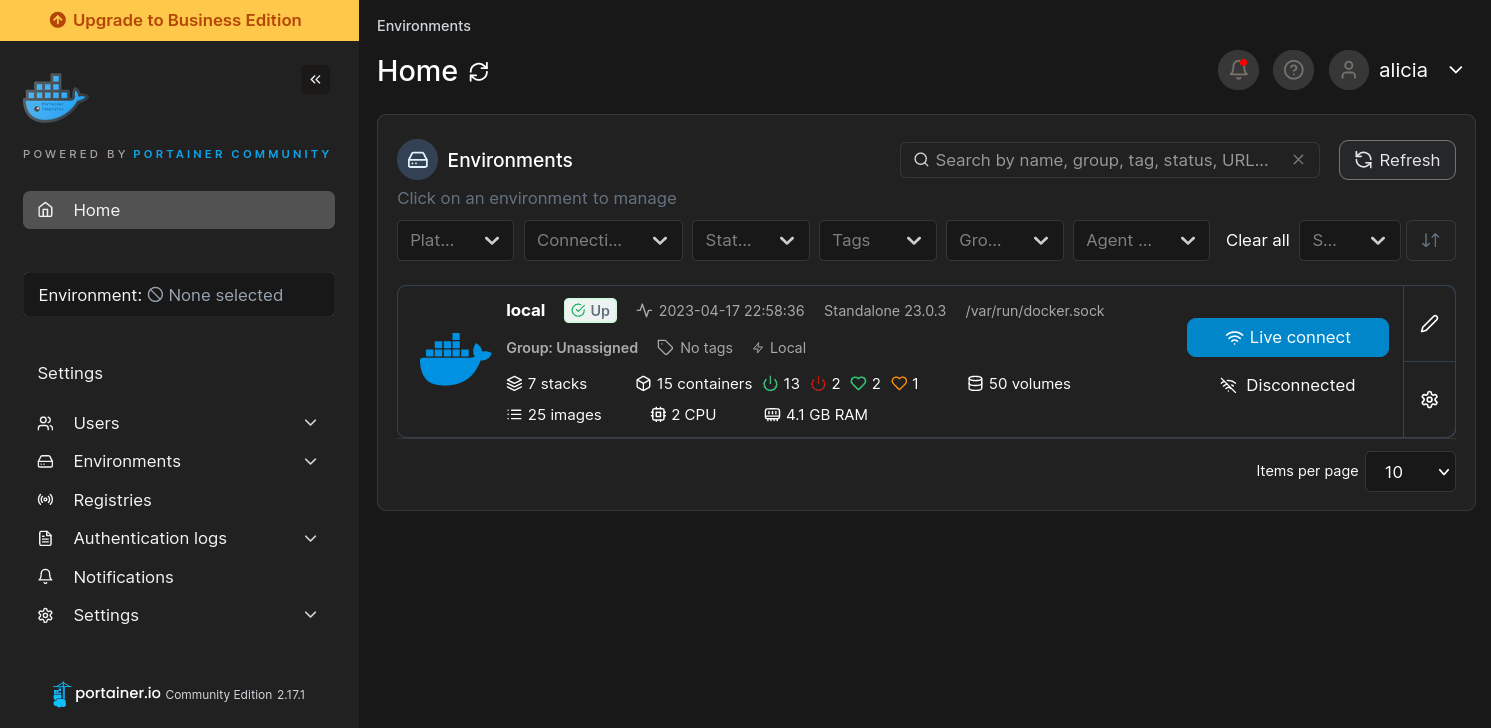 Adguard
Adguard
AdGuard Home is a network-wide software for blocking ads & tracking. After you set it up, it’ll cover ALL your home devices, and you don’t need any client-side software for that. With the rise of Internet-Of-Things and connected devices, it becomes more and more important to be able to control your whole network.
linux
Image
adguard/adguardhome:latest
Ports
53:53/tcp53:53/udp67:67/udp68:68/tcp68:68/udp80:80/tcp443:443/tcp853:853/tcp3000:3000/tcp
/opt/adguardhome/work : /portainer/Files/AppData/Adguard/Workdir
/opt/adguardhome/conf : /portainer/Files/AppData/Adguard/Conf
unless-stopped
Env Vars
PUID=1000PGID=100CONTEXT_PATH=adguard home
Installation
Via Portainer
- Ensure both Docker and Portainer are installed, and up-to-date
- Log into your Portainer web UI
- Under Settings → App Templates, paste the below URL
- Head to Home → App Templates, and the list of apps will show up
- Select the app you wish to deploy, fill in any config options, and hit Deploy
Template Import URL
https://raw.githubusercontent.com/Lissy93/portainer-templates/main/templates.json
Show Me

Via Docker Run
docker run -d \
-p 53:53/tcp \
-p 53:53/udp \
-p 67:67/udp \
-p 68:68/tcp \
-p 68:68/udp \
-p 80:80/tcp \
-p 443:443/tcp \
-p 853:853/tcp \
-p 3000:3000/tcp \
-e PUID=${PUID} \
-e PGID=${PGID} \
-e CONTEXT_PATH=${CONTEXT_PATH} \
-v /portainer/Files/AppData/Adguard/Workdir:/opt/adguardhome/work \
-v /portainer/Files/AppData/Adguard/Conf:/opt/adguardhome/conf \
--restart=unless-stopped \
adguard/adguardhome:latestVia Docker Compose
Save this file as docker-compose.yml and run docker-compose up -d
Use this only as a guide.
version: '3.8'
services:
adguard:
image: adguard/adguardhome:latest
ports:
- 53:53:tcp
- 53:53:udp
- 67:67:udp
- 68:68:tcp
- 68:68:udp
- 80:80:tcp
- 443:443:tcp
- 853:853:tcp
- 3000:3000:tcp
environment:
PUID: ''
PGID: ''
CONTEXT_PATH: adguard home
volumes:
- /portainer/Files/AppData/Adguard/Workdir:/opt/adguardhome/work
- /portainer/Files/AppData/Adguard/Conf:/opt/adguardhome/conf
Alternative Methods
For more installation options, see the Documentation in the GitHub repo
